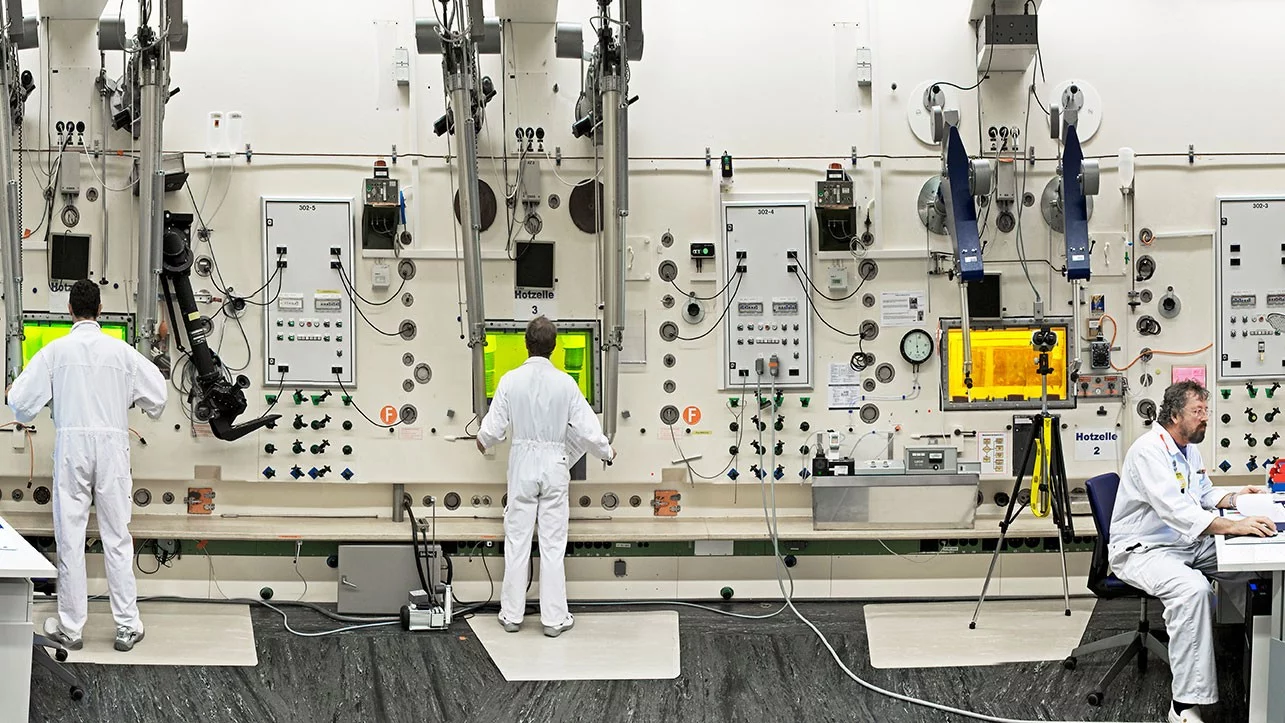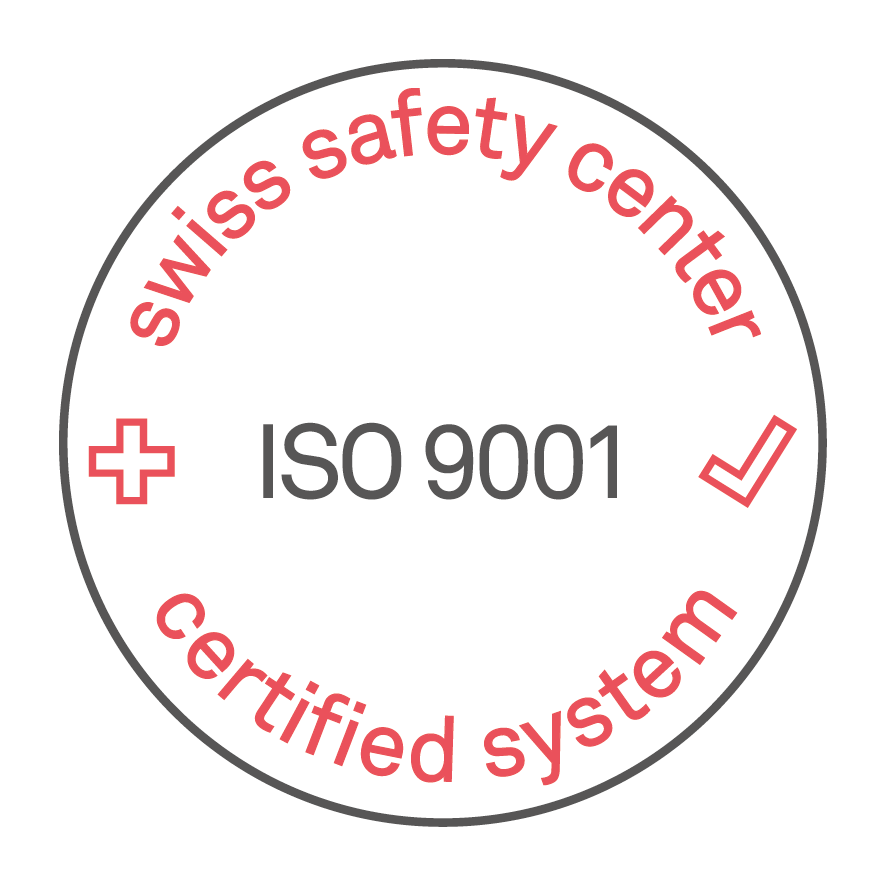Your Partner for Radioactive Material Examinations
The nuclear facility Hotlab (HL) of PSI is operated by the Department Hot Laboratory (AHL), which is assigned to the Nuclear Energy and Safety Division (NES) as an independent organizational unit.
The PSI Hotlab is the only Swiss laboratory authorised by the Swiss safety authorities to handle large quantities of radioactive materials including commercial as well as experimental nuclear fuel.
Learn more:
Latest News from the Hotlab
Project BALDER at the RRFM-2025
At this year’s European Research Reactor Conference (RRFM-2025) in Aix-en-Provence, the BALDER project presentation drew strong international interest.
Successful preparation for microstructure representation in Zircaloy-4 using light microscopy
Successful preparation for microstructure representation in Zircaloy-4 using light microscopy
Quality assured – successful ISO 9001 re-certification
Quality is no coincidence, but the result of consistent work - our company has once again passed the ISO 9001 recertification audit with flying colours!





